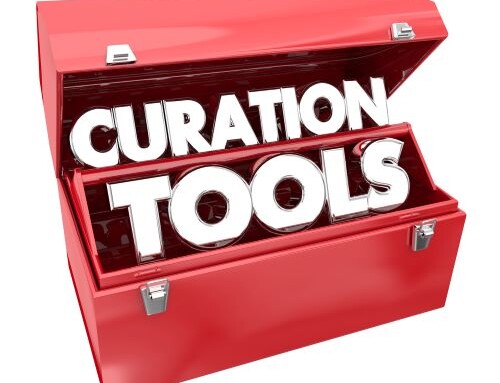It’s no secret that travel incentive programs add big value to organizations. While travel incentive programs tend to pay for themselves in the long-term, it still is important that a budget be established to pay for them in the short-term. Here are some creative ideas for funding a travel incentive program as well as some ways to increase your budget:
Self-Funding
This is the most common form of funding your incentive program. In this method, sellers generate profit and a percentage of this extra profit is used to cover the expenses of the incentive program. Self-funding can be a great way to motivate salespeople, and can also give an added feeling of accomplishment when the reward goes to the people who worked hardest for it.
Line Item Budgeting
Line item budgeting groups expenses according to department or cost center. As far as funding your incentive program, this method would allow you to shift some of the budget from one department to another to cover the cost of the program. Whether you’re looking to cover the cost of the program in part or in full, line item budgeting would allow you to move funds from, say, marketing to sales. You could also move funds from human resources to production, or from accounting to marketing. It’s up to you to assess which departments can afford to shift some of their budget.
Market Development Fund (MDF)
In a market development fund, a specific vendor (or group of vendors) would allocate 1-2% of top-line revenue in anticipation of future sales. These funds are discretionary, awarded based on predicted or expected behavior. This budget can be used to create or at least supplement your incentive program fund. A market development fund can be a great way to streamline fund requests, but requires a good bit of faith in your sales team.
Co-Op Marketing Fund
Co-op marketing funds, like market development funds, often use 1-2% of prior sales. However, while MDFs anticipate future sales, co-op marketing funds are based on previous sales and may vary from dealer to dealer. Co-op marketing funds are usually accrual based and are determined by sales history, which allows for a more fixed budget. These fixed budgets provide a predictability that can be very helpful in the creation of an incentive program.
Buy-In
The buy-in model has two groups, which we’ll call Group A and Group B. If Group A meets their goal, the incentive is 100% provided. If Group B meets an alternate, lower goal, they can buy into Group A’s reward. In order to buy in, they’ll need some kind of performance model. It could be a higher profit margin that also drives toward the bigger objective of the program, or it could be something else, but it would have to be measurable. Group B may also need to invest cash toward the reward they receive, but it would be at a substantial discount from what they would purchase at retail price. For example, let’s say that the reward for Group A is a one week, all expenses paid trip for two with a cash value of $10,000. Group A would pay nothing once they have meet their goal. However, Group B, meeting a lower goal could buy-in, for $1,500.
Hybrid
Hybrid options are, well, hybrids of any of the aforementioned funding methods. Combining any variety of funding strategies may allow you to implement the most helpful parts of each, but you’ll need to ensure that the different parts are compatible. It will also be important to clearly communicate your hybrid strategy and the ways it’s distinct from any of the individual methods.
A Real-World Example
In the real-world funding incentive programs may consist of a variety of the methods mentioned above. For example:
- Departmental funds may be set aside specifically for incentive programs
- Market development money may be allocated toward incentive programs
- Co-op marketing funds may be line item budgeted to sales from the marketing department’s budget
- A percentage of self-funding may be used toward the budgeting for the incentive program
Conclusion
Incentive programs are a valuable asset, and therefore worth the time, effort, and money required to fund it. Some may help fund your program and others may help expand your budget or allow more to earn the reward. Since there are multiple ways to go about financing your program, take the time to understand each method and select which one is right for you.
For more information about how to fund your incentive program, contact Gavel International.
This article was last updated on November 28, 2022
- Why Executive Retreats Are Worth the Investment - January 6, 2025
- Attract and Retain Top Talent with These 10 Desirable Company Culture Traits - December 23, 2024
- 7 Myths That Make Your B2B Marketing Content Ineffective - November 25, 2024






